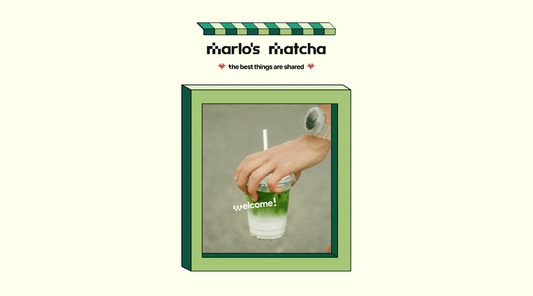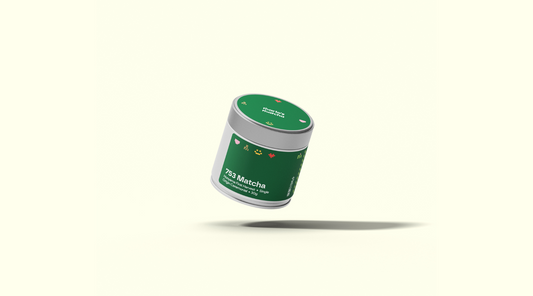
What is a Primary Logo?
A primary logo is the cornerstone of your brand identity.
It's the face your audience encounters first and the visual mark they'll remember when thinking about your business.
In this article, you'll discover what makes a primary logo different from other brand elements, how to create one effectively, and see a real-world example we have designed.
Primary Logo and Variations
Your primary logo typically combines your full brand name with a distinctive icon or symbol, allowing for instant recognition in a single glance.
Primary logos differ from secondary logos in their prominence and usage. While your primary logo takes center stage on key materials, secondary logos offer variations for different contexts and space requirements.
Similarly, a primary icon functions as a simplified mark that can stand alone when space is limited or brand recognition is already established.
Your primary logo can also influence the development of submarks. Submarks are smaller graphical elements derived from your main visual identity. They offer additional visual interest and versatility for your brand application.
When designing brand identities at Marlo Studios, we focus on developing a strong primary logo before creating variations. This foundation ensures the brand maintains consistency while having the flexibility needed for various applications.
Why a Primary Logo Matters
When applied consistently, a primary logo builds visual familiarity that audiences can immediately identify.
This consistency creates instant recognition and builds trust. Think about how quickly you recognize major brands by their logos alone.
The primary logo is also often the first interaction someone has with a brand. Therefore, it must communicate key brand attributes in seconds.
A financial firm might need to convey stability and trustworthiness, while a children's brand might want to signal fun and creativity. Your logo design choices should reflect these essential qualities.
Simplicity remains non-negotiable in effective logo design. The best primary logos say a lot with minimal elements and remain eye-catching from billboard size down to a social media profile photo.
At Marlo Studios, we've seen how thoughtfully designed primary logos transform brand perception and recognition for our clients like Yu Bar, creating lasting impressions that drive business success.
How to Create a Primary Logo
At Marlo Studios, our designer Freya starts with typography exploration. She identifies and locks in a characterful font that communicates the brand personality before moving on to icon creation.
Once initial concepts take shape, she presents several variations to clients for feedback. This collaborative approach allows clients to select their favorite direction based on which option best represents their vision.
After selecting the preferred concept, Freya then develops multiple color variations to ensure versatility across different applications.
The final stage focuses on preparing deliverable assets.
We provide comprehensive files including full-color logos for standard usage and black and white versions for special printing needs or situations with color limitations.
Your final logo package typically includes multiple file formats to support various implementation needs. We deliver SVG and PNG files with transparent backgrounds for digital and print applications.
Real Client Example—Yu Bar
Looking at real applications helps illustrate primary logo concepts in practice. Yu Bar showcases excellent primary logo implementation across their product line.
Their primary logo sits prominently on every wrapper, creating immediate brand recognition.
The logo features a smile-like icon that cleverly doubles as founder Natalie Yu's surname, reinforcing both brand personality and positivity through thoughtful design.
In food and beverage packaging, simplicity consistently outperforms complexity. Yu Bar embraces this principle with bold typography and minimal graphic elements.
This approach creates instant shelf impact, allowing the products to stand out among competitors while maintaining a cohesive brand presence that consumers recognize immediately.
Conclusion
A primary logo is the foundation upon which a brand is built.
When thoughtfully designed, it builds trust through consistent application across all touchpoints while communicating key brand attributes in seconds.
The creation process requires careful typography selection, icon development, and preparation of versatile file formats to ensure the logo performs beautifully across all applications.
Streamline your branding process with our Brand Identity Guidelines 2.0 template, featuring 39 editable slides including how to create a perfect primary logo.



